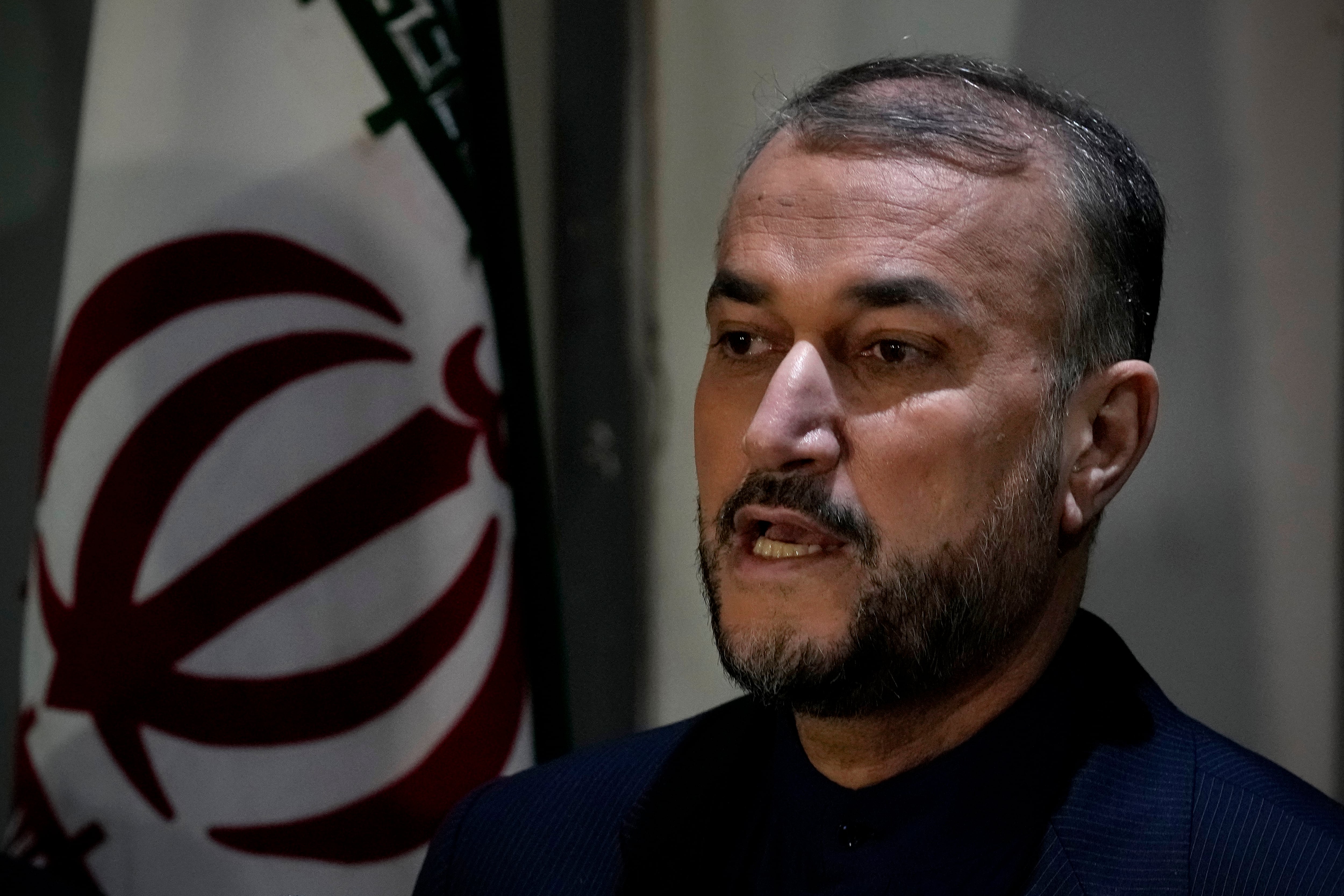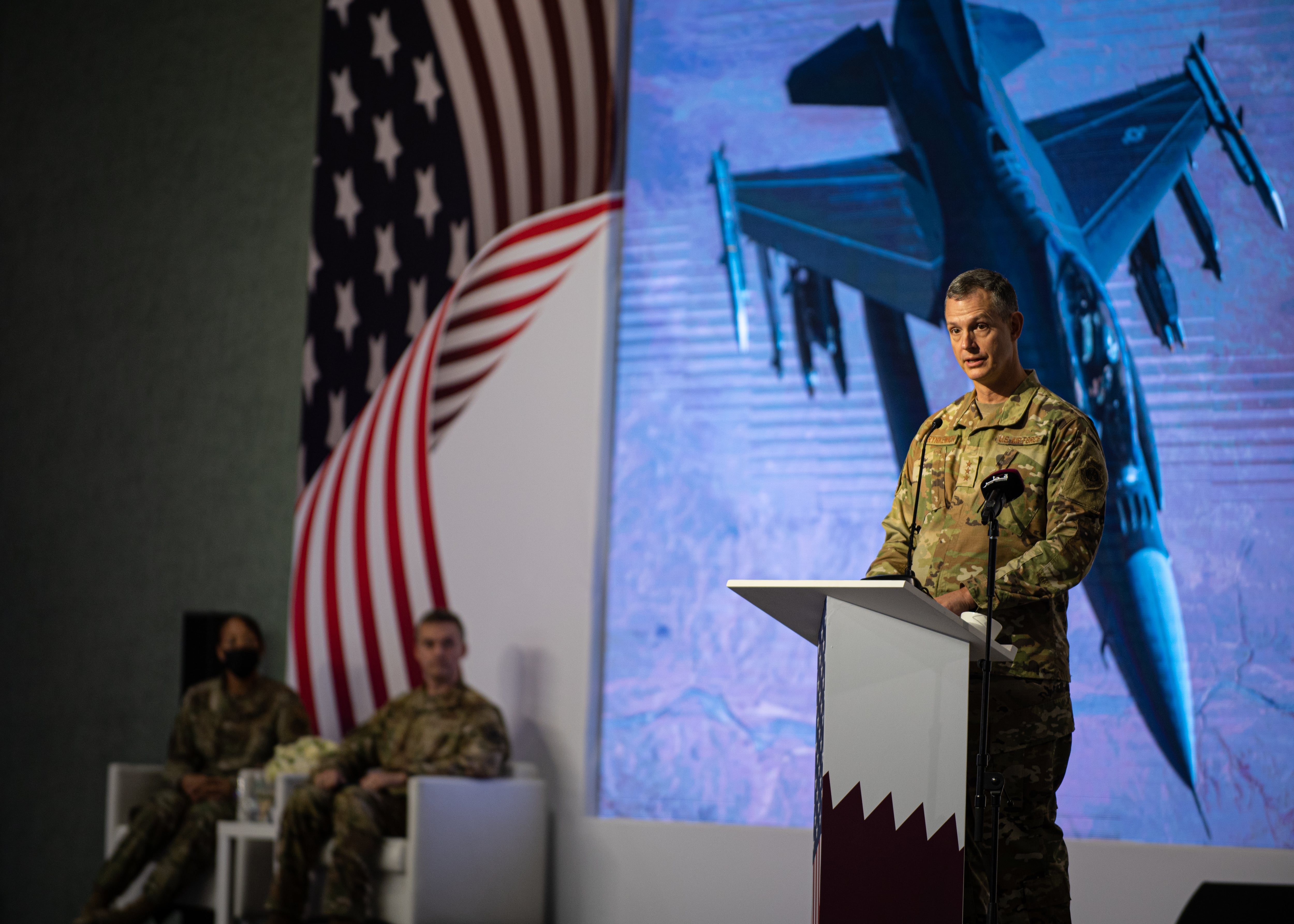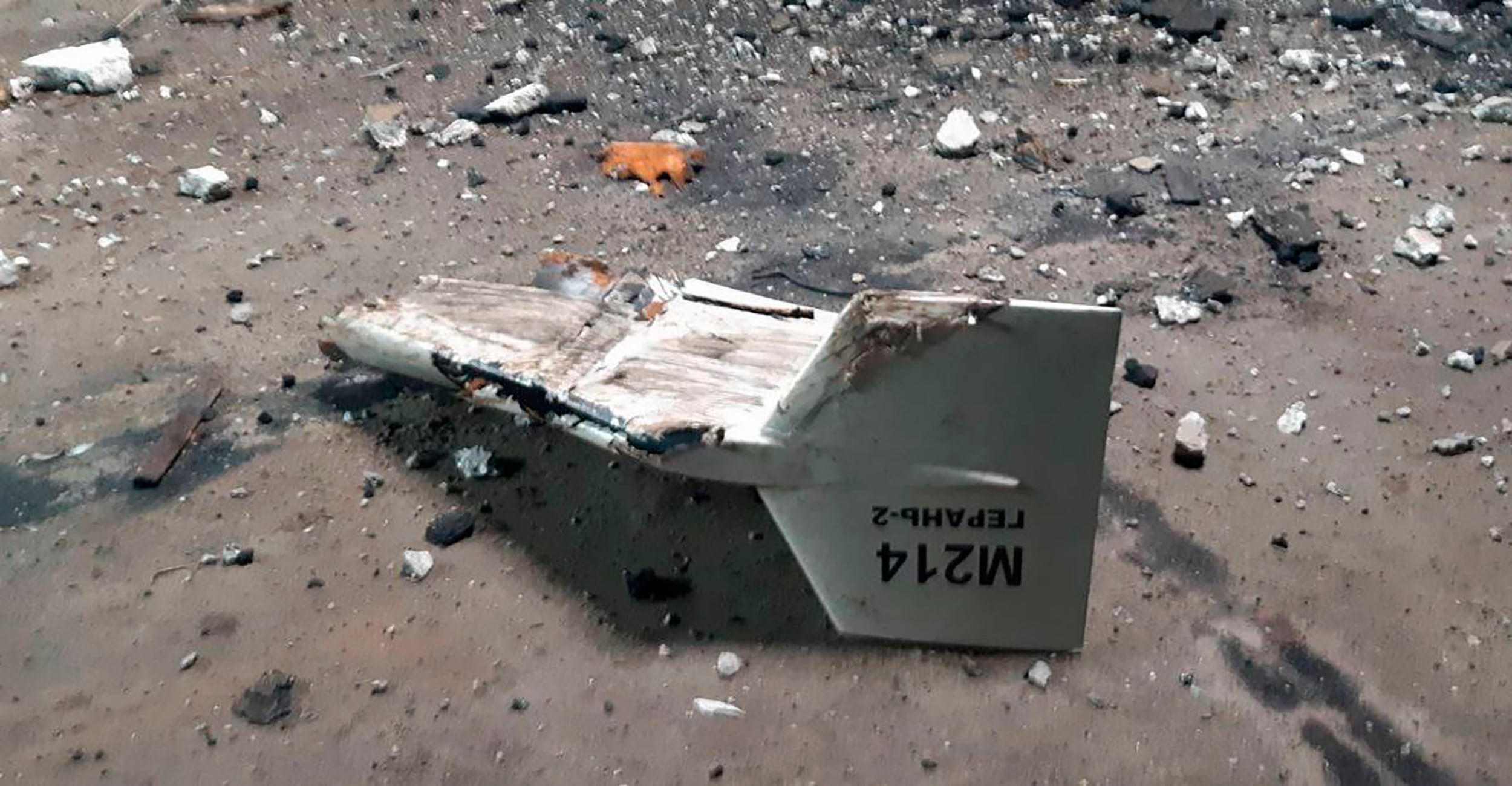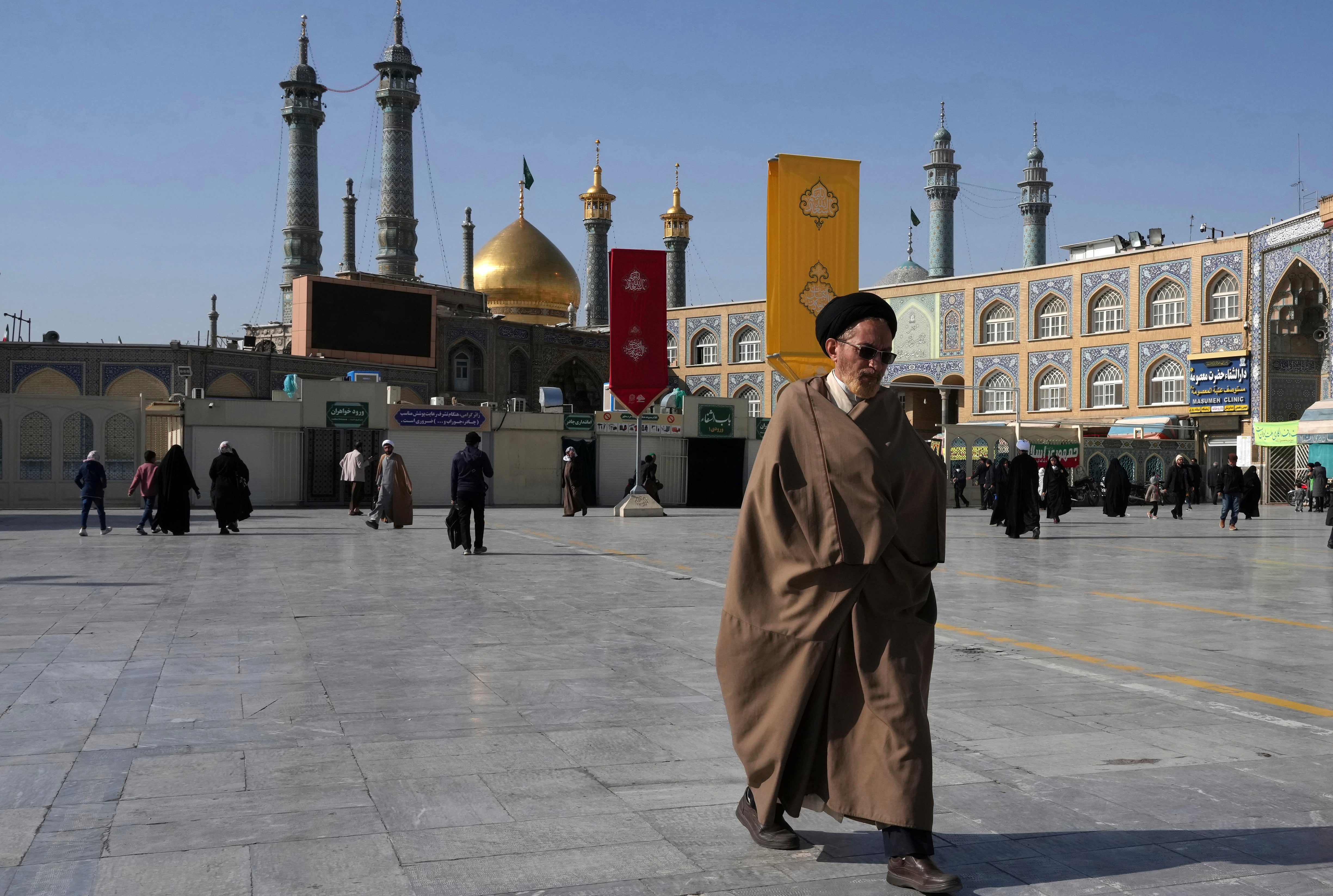America’s military air operations in the Middle East are entering an era of surveillance rather than offense, as Iran exerts its influence in the region and terror groups are “down but not out,” a three-star Air Force general said Monday.
Missions to counter violent extremism have faded into the background after years in the spotlight, Air Forces Central Commander Lt. Gen. Alex Grynkewich told reporters at a roundtable hosted by the Center for a New American Security, a Washington think tank.
“We need to ensure that there’s not another attack on our homeland, or the homeland of one of our close partners,” said Grynkewich, who took command in July 2022. “Having said that, it’s not what takes most of our time these days.”
RELATED

Now the air boss is focused on deterring Iran’s nuclear program, and thwarting the proxy groups that receive advanced conventional weapons — from attack drones to rockets — and training from Iran.
“I would assess that the overall Iranian objective continues to be to expel the United States from the region so they can be the regional hegemon and further threaten our partners in the region without … the threat of any kind of U.S. retaliation,” Grynkewich said.
Iran’s attention has turned to attacking U.S. and coalition forces in Syria, and considering offensives at sea and on the region’s oil infrastructure, he added.
His command is constantly monitoring at least a few active plots against U.S. or coalition forces, he said, adding: “It’s not a question of if, but when.”
RELATED

Asked whether the U.S. overreacted to intelligence suggesting an imminent Iranian attack on Middle Eastern energy infrastructure last November — which never came to fruition — Grynkewich said he is confident that transparency stopped the plan altogether.
“It became public that an attack was going to happen, and therefore the Iranians knew they would not be able to deny it,” Grynkewich said. “They assessed that … there would be some sort of a response.”
Iran’s actions could usher in a new chapter in Syria’s 12-year-old civil war, too.
Grynkewich worries that Russia’s increasing dependence on Iranian drones and other materiel for the war in Ukraine could bring together Iranian-backed militias and Russian operatives that support the Syrian government, and offer Tehran leverage in that conflict and with Moscow.
That alliance could further pressure the United States and its own patchwork of Syrian allies to make concessions to the Assad regime. About 900 U.S. personnel remain in Syria to advise and assist the Syrian Democratic Forces fighting government troops.
Or, Grynkewich said, Iran could lean on Russia to adopt a different approach in Syria to further its own aims.
“Who would have ever thought that Russia would be beholden to Iran in some way?” he said. “It’s an inverse of the historical relationship of who’s the client state and who’s not.”
RELATED

Around 40,000 to 60,000 U.S. troops are deployed across CENTCOM, largely at military hubs in Qatar, Bahrain, Saudi Arabia and elsewhere.
Roughly 2,500 Americans remain in Iraq to advise and assist local troops in keeping the Islamic State at bay — a job that often falls to the Iraqi air force.
The U.S.-led coalition killed 11 Islamic State militants and detained 227 over more than 40 raids in Iraq and Syria in January, according to U.S. Central Command.
“These operations degraded ISIS and removed multiple senior ISIS militants from the battlefield, including the Emir of Raqqa and a Syrian provincial media and security operative,” the command said in a Feb. 2 release. “These successful operations are part of the mission to ensure the enduring defeat of ISIS.”
In comparison, the command said about 375 IS operatives were detained, and around 700 killed, in more than 300 operations in 2022.
The terror network’s experience is waning as leaders are killed and replaced with less seasoned militants, he noted. And recent military operations in Syria and in the Horn of Africa have been “fairly effective” at disrupting its web, Grynkewich said.
But the group’s offshoots can still wage small, localized attacks using small arms or roadside bombs, and can garner financial support from its central hub to grow that reach.
Some terror cells, including the Islamic State’s Khorasan branch in Afghanistan, appear interested in resuming attacks across the region or against the West, Grynkewich said. Some may have the means to cause damage on a large scale.
“If the pressure is let off of ISIS-K too much, you now have the opportunity for those various elements to … marry intent and capability, and that’s where the danger lies,” he said.
U.S. military flights over Afghanistan have remained stable, with a “healthy amount” of intelligence collection using MQ-9 Reaper drones, since the fraught withdrawal of U.S. forces in 2021, Grynkewich said.
Deterring the IS network’s rise in Afghanistan is a challenge without American boots on the ground and the Taliban once again in power.
“We have … to monitor it and see if it … rises to a level of concern where we need to surge capability into the region to deal with it,” Grynkewich said. “That would be a political-level decision, based on a broad intelligence community-wide assessment.”
Rachel Cohen is the editor of Air Force Times. She joined the publication as its senior reporter in March 2021. Her work has appeared in the Washington Post, the Frederick News-Post (Md.), Air and Space Forces Magazine, Inside Defense, Inside Health Policy and elsewhere.





